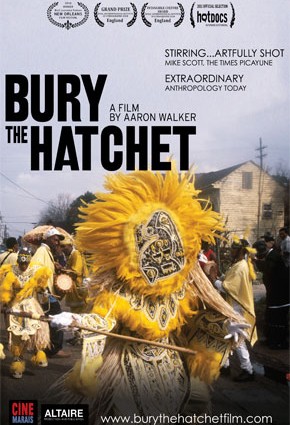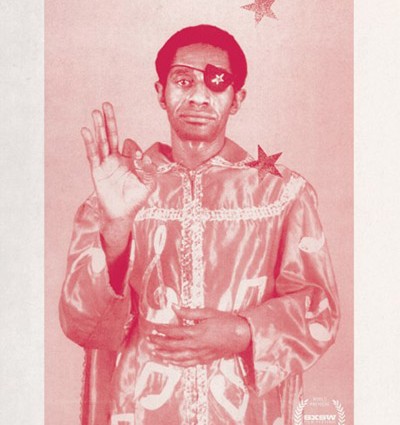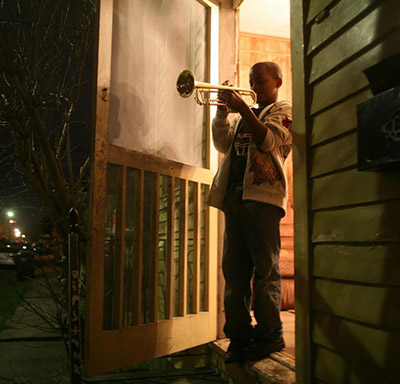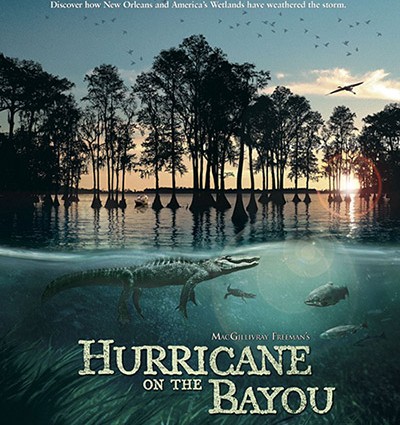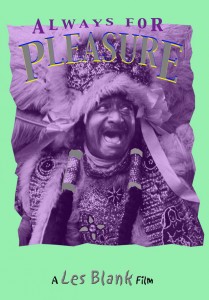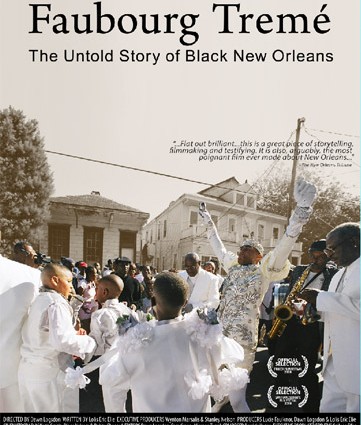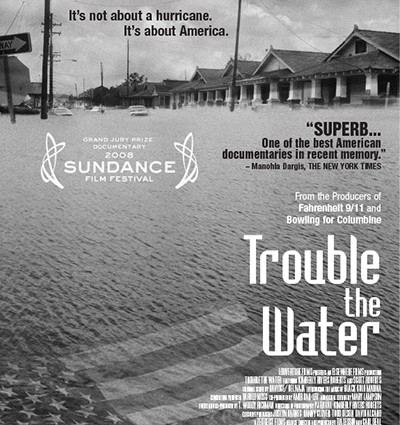New Orleans is two thousand miles from Hollywood, in more ways than one. The city’s earliest role in American cinema was as exotic location. The first Tarzan film, Tarzan of the Apes, was shot in nearby Morgan City in 1919, with the swamp doubling for Africa. Tennessee Williams wrote his masterpiece A Streetcar Named Desire in New Orleans, and the faithful 1948 film adaptation by Elia Kazan pioneered the idea that the city is more than a setting: it’s a character. The confluence of European, African and Caribbean culture (and the utter lack of Puritanism) suggests a wildness and iniquity different from the rest of America. When Abbott and Costello made a comedy called Abbott and Costello go to Mars in 1953, they actually crash landed in New Orleans during Mardi Gras and thought they were on another planet. The place has to be seen to believed. Read More
In 2005, Hurricane Katrina redefined the city in the eyes of itself and the world, adding gravitas to its otherwise festive atmosphere. The rise of inexpensive home video cameras provided the basis for a legion of Katrina documentaries made from amateur footage. The newest, best films are the ones that show the city in its transition from third-world, Caribbean outpost to a politically active, ingenious vanguard of post-disaster enterprise. The story of New Orleans, once about pleasure, is now also about endurance and survival.
– Henry Griffin

